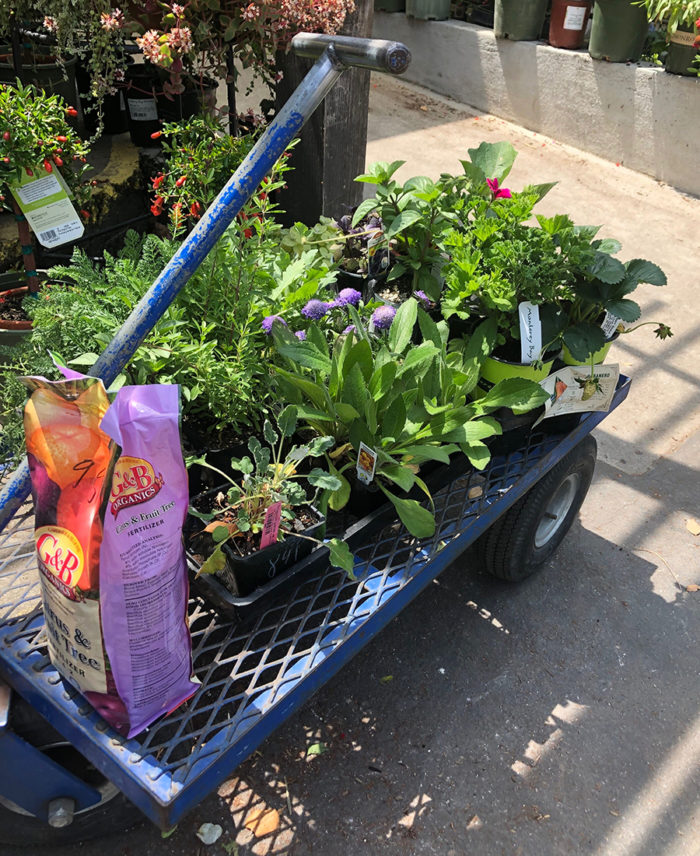
Add and subtract from your garden. June is a great time to assess what you have in the garden. By now the garden has filled in, and you can add and remove plants. Take a few photos or revise the sketch made of the garden earlier in the season, then head to the nursery or computer for ordering. This will streamline the decision-making process. When you take inventory, you end up buying plants that make sense in your garden.
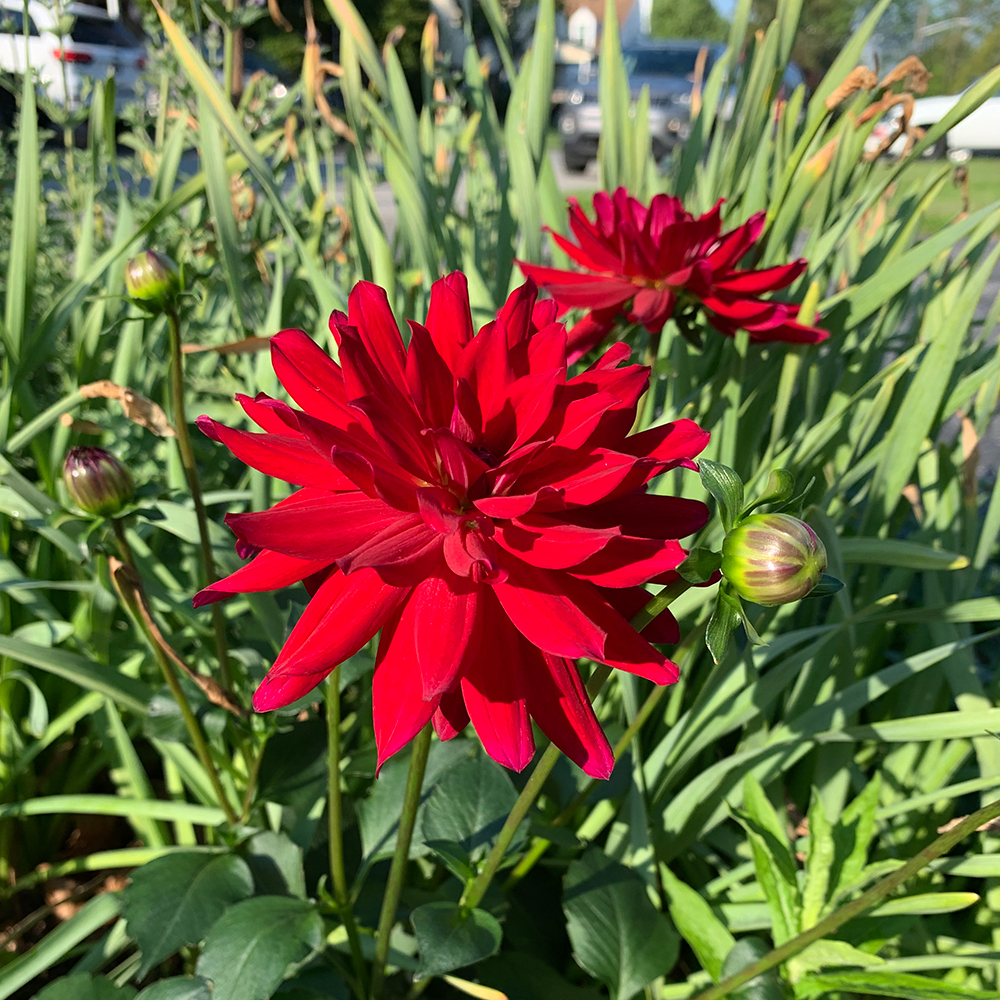
Take care of your dahlias and tomatoes. Now that dahlias (Dahlia spp. and cvs., Zones 7–11) and tomatoes are in the ground, be sure to stake them for support. Pinching them back is helpful as well. This aids flower and fruit production. Both plants are heavy feeders, so be sure to maintain a regular fertilizing schedule. Dahlias benefit from bone meal, and tomatoes appreciate an organic slow-release tomato fertilizer.
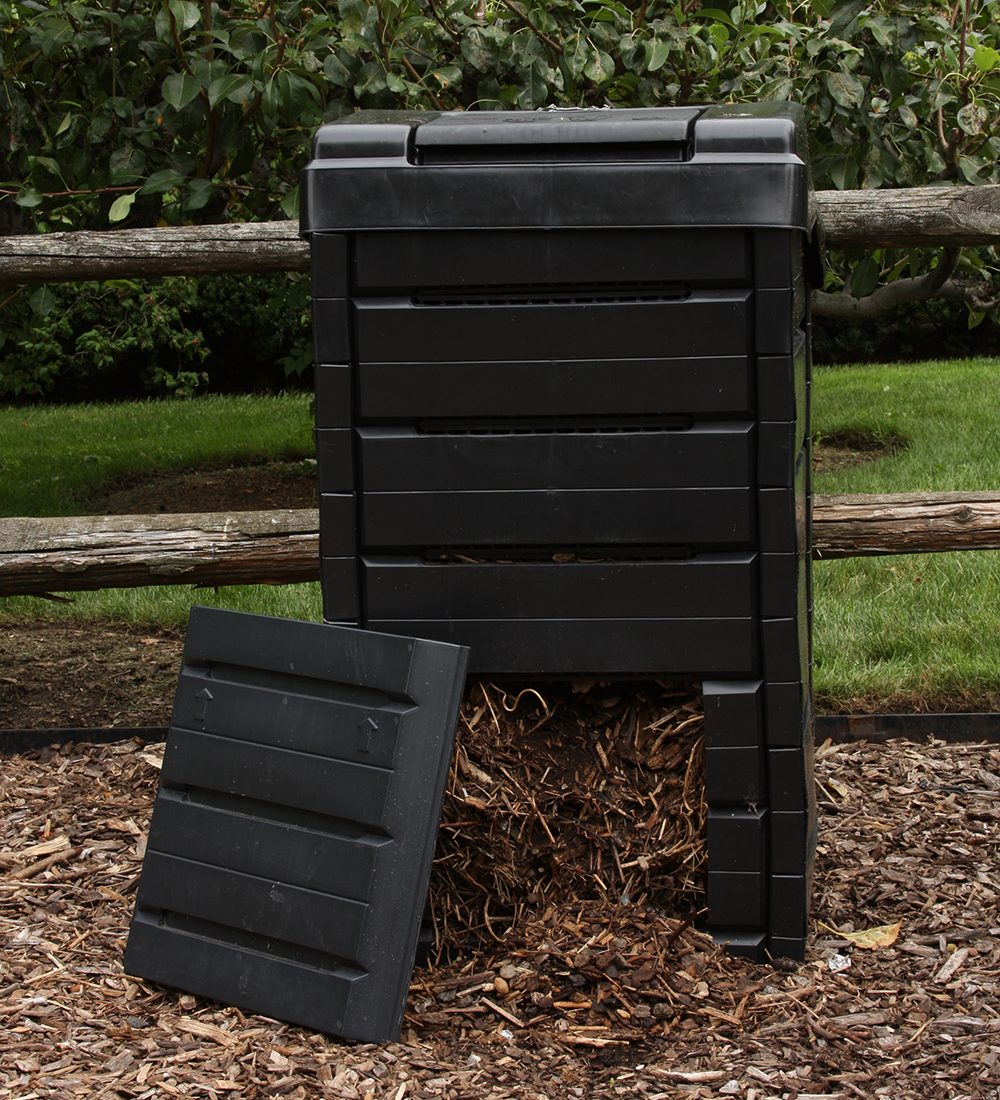
Start a compost pile, or check on the one you have. Composting is not only great for your garden, but it can also save you money on your bill if you pay for trash service. It will also reduce the amount of garbage that is put in the landfill. Compost bins range from simple to complex depending on how much time you would like to spend on creating and maintaining one. If building a compost bin seems daunting, there are many options available for purchase.

Prune your azaleas. In the Mid-Atlantic region, azaleas (Rhododendron spp. and cvs., Zones 4–9) are just about finished blooming. This is a great time to thin out and reduce the height of your azaleas. Many gardeners believe azaleas should be pruned by the Fourth of July. Contrary to popular belief, azaleas can be pruned for performance any time of the year. Pruning by the Fourth of July is a good rule of thumb when shearing a hedge or single plant, but it does not apply for selective pruning and gently shaping azaleas.
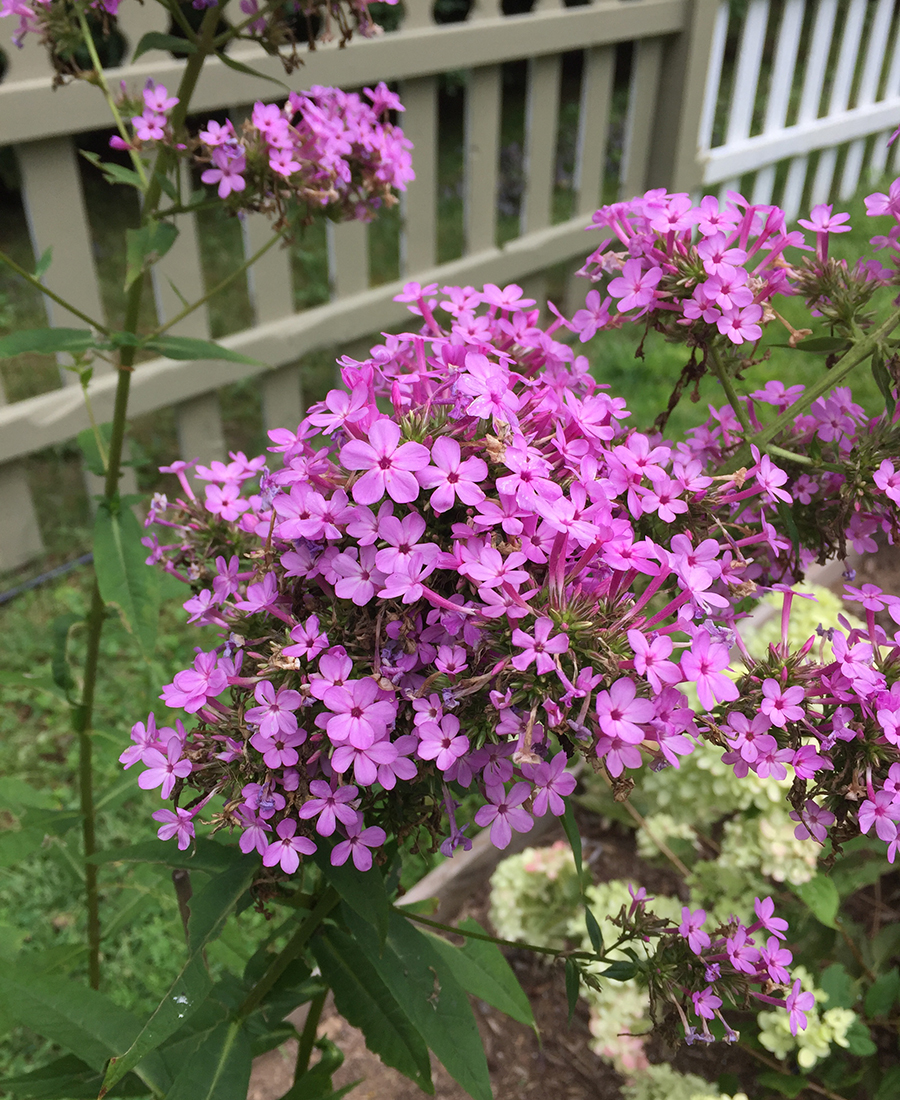
Do the Chelsea Chop. Get a start on controlling floppy summer- and fall-blooming perennials such as phlox (Phlox spp. and cvs., Zones 4–10), asters (Symphyotrichum spp. and cvs., Zones 4–8), and penstemons (Penstemon spp. and cvs., Zones 4–9) by giving them a Chelsea Chop. Simply cut the plant back to about a third of its size. This method helps prevent plants from getting too leggy and will increase the amount of blooms by encouraging branching.
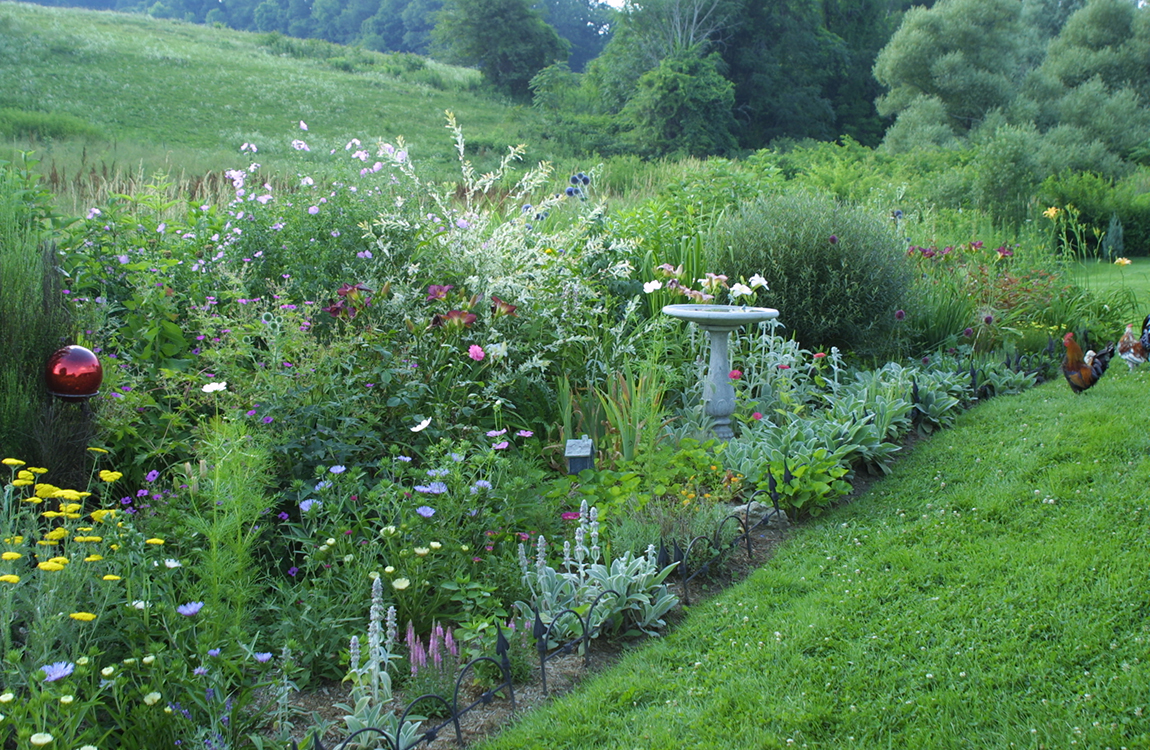
Enjoy the garden. Gardeners work hard, and for most, maintaining a garden is a labor of love. Gardeners always seem to be thinking about what needs to be planted, changed, and weeded. We do not sit back and just enjoy what we create. So take a few hours to sit out in the garden and imagine that you have never seen it before. Looking at the garden with new eyes may help you to embrace your garden rather than critique it.
—Michele Christiano is a horticulture assistant at Longwood Gardens in Kennett Square, Pennsylvania.
Fine Gardening Recommended Products

ARS Telescoping Long Reach Pruner
Fine Gardening receives a commission for items purchased through links on this site, including Amazon Associates and other affiliate advertising programs.

Chapin International 10509 Upside-Down Trigger Sprayer
Fine Gardening receives a commission for items purchased through links on this site, including Amazon Associates and other affiliate advertising programs.
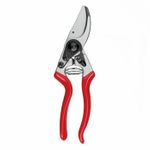
Felco Pruning Shears (F 9) - High Performance Swiss Made One-Hand Left-Handed Garden Pruners
Fine Gardening receives a commission for items purchased through links on this site, including Amazon Associates and other affiliate advertising programs.



















Comments
Log in or create an account to post a comment.
Sign up Log in